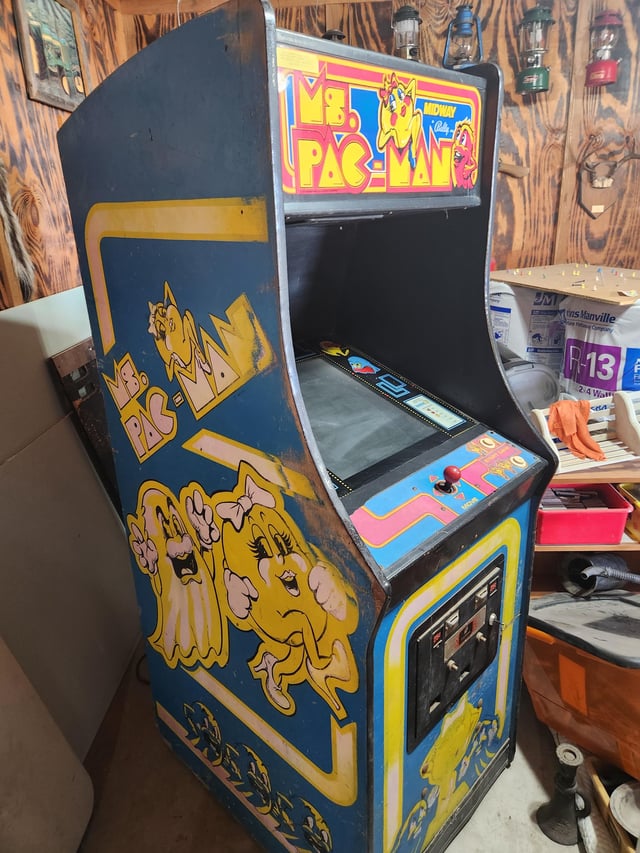
The Origin of Ms. Pac-Man: How the First Lady of Gaming Was Born
Share
A Game-Changing Hack: The Birth of Crazy Otto
The origins of Ms. Pac-Man can be traced back to a small team of MIT dropouts known as General Computer Corporation. In the early 1980s, this group was working on what was known as "enhancement kits" – these were basically hacks that modified existing arcade games to make them more challenging and engaging. One of their earliest projects was a kit for Pac-Man, which they initially called Crazy Otto.
Crazy Otto contained new mazes, harder difficulty, and a character design that was distinctly different from the original Pacman. Notably, the game’s protagonist had legs, giving it a quirky, animated feel that set it apart from its challenger. However, this wasn’t just a passion project they had their eyes on selling this enhancement kit to arcade owners who wanted to freshen up their Pacman arcades.
Enter Midway: From Crazy Otto to Ms. Pac-Man
At the time, Midway Games, the company who distributed Pacman in the United States, was eager for new content to capitalize on the game’s massive popularity and growing fan numbers. Midway took notice of their Crazy Otto and, rather than shutting it down as an unauthorized hack, struck a deal with the team to turn the game into an official Pacman sequel.
To expand the game’s interest and tap into a quickly growing female gaming audience, Crazy Otto was transformed into the name and game Ms. Pac-Man. The main character’s design was updated – the legs were swapped out for a signature red bow, lipstick, and a beauty mark – creating a distinct, female identity that was both playful and very empowering.
A Fresh Take on Pac-Man Gameplay
Ms. Pac-Man wasn’t just some knockoff version of the original game. It introduced several new gameplay features that enhanced the experience and kept new players coming back for more. These included:
Four New Mazes: Unlike the static maze in the original Pac-Man, Ms. Pac-Man featured multiple, colorful mazes that changed as players progressed in the game.
Randomized Ghost Patterns: The ghosts in Ms. Pac-Man started to act more unpredictably, making the game more challenging and less reliant on memorization from the ghosts in Pacman.
Faster Gameplay: The increased speed and higher difficulty added an extra layer of excitement for fans.
These improvements, along with Ms. Pac-Man’s distinct charm, helped propel the game to crazy loads of success.
A Cultural Icon and a Legacy
Released in 1982, Ms. Pac-Man easily and quickly became one of the most loved arcade games of all time, outselling even the original Pacman in some areas. It broke new ground by geniusly introducing one of the first female protagonists in gaming history, paving the way for future heroines like Lara Croft and Samus Aran.
The game’s huge impact didn’t end there. Ms. Pacman became an important symbol of inclusivity and diversity in the arcade scene, appealing to both male and female players and demonstrating that video games weren’t just a only boys club.
A Lasting Impact
Today, Ms. Pac-Man remains a beloved classic and a testament to the power of creativity and innovation. The thing that started as a renegade modification by a group of MIT dropouts would become one of the most memorable games of all time. It’s a reminder that sometimes, the best ideas come from thinking outside the box – or, in this case, outside the maze.
